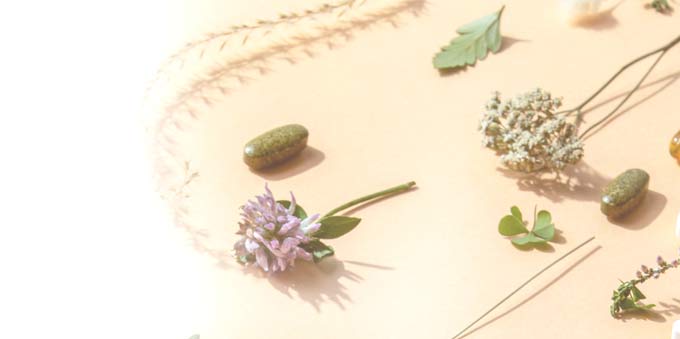Acne

Treatment Protocols for Acne
Acne is an inflammatory disease of the skin that affects those areas which contain the largest sebaceous glands, including the nose, forehead, cheeks, chin, back, and trunk. Generally self-limiting, acne is characterised by comedones (blackheads) and inflammatory lesions such as papules, pustules and in more severe cases, cysts and nodules. Acne is generally more severe and common in males, but more persistent in females. Acne mostly occurs during adolescence and typically resolves by age 30.
During adolescence androgen levels can rise and induce insulin resistance, altering the turnover of skin cells at hair follicles and sebum production. In turn, this causes blockage of hair follicles, leading to the formation of small cysts called blackheads. Some bacteria can proliferate (such as Propionibacterium acnes), and increase inflammation in the affected area.
Major causative factors and risk factors that can contribute to the incidence of acne include:
- High insulin levels, associated with insulin resistance, are implicated in the development of acne. Hence a high Glycaemic Load diet is a risk factor
- Fluctuating hormones during adolescence, menstruation (acne tends to flare 2 to 7 days pre-menstruation), or pregnancy
- Lower zinc levels
- Genetic predisposition
- Certain medications—corticosteroids; anabolic (androgenic) steroids; oral contraceptives; lithium, isoniazid, phenytoin and phenobarbitone. High levels of iodine (e.g. from kelp)
- Topical cosmetic or hair products containing vegetable or animal fats may further block skin
- Environmental irritants and other pollutants
- Friction and sweating, e.g. headbands, backpacks, bicycle helmets, or tight collars, can aggravate acne
- Squeezing and picking comedones can worsen acne
Treatment for Acne
Some research suggests a high Glycaemic Load diet (a typical western diet) leads to a persistent elevation of serum insulin. Raised insulin can lead to skin cell proliferation and increased sebum production, which are both risk factors for acne. Correcting hormone imbalance and promoting a healthy gut microbiome (gut flora) is also the focus of treatment.
- Addressing hormonal imbalance ensuring healthy oestrogen metabolism and clearance
- Correct nutrition to manage or prevent insulin resistance
- Considering dietary sensitivities or environmental toxicity
- Correcting dysbiosis (gut flora imbalance)
- Nutrition support for skin healing and repair
Herbal Medicines, Diet, Specific Nutrients and LIfestyle factors play an important role:
- Herbal Medicines: Chaste Tree, Clivers, Andrographis, Turmeric, St Mary’s Thistle, Barberry, Golden Seal, Burdock, Calendula and others
- Nutrients: Iodine, Zinc, Pyridoxal-5-phosphate (B6), Magnesium, EPA & DHA, Broccoli Sprouts, Idole-3-Carbinol and others
- Probiotics (if dysbiosis present): Lactobacillus rhamnosus GG (LGG), L. Plantarum (299v) and others
- Lifestyle: Activities that help relieve stress e.g. bushwalking, yoga, tai chi, meditation, relaxing baths. Regular exercise is also important
- Diet: A diet high in soluble fibre, antioxidants, phytonutrients, essential fatty acids from nuts and fish, plus plenty of water is recommended. Along with reductions in sugar, white flour, refined and processed oils, sources of trans fatty acids and dairy products.